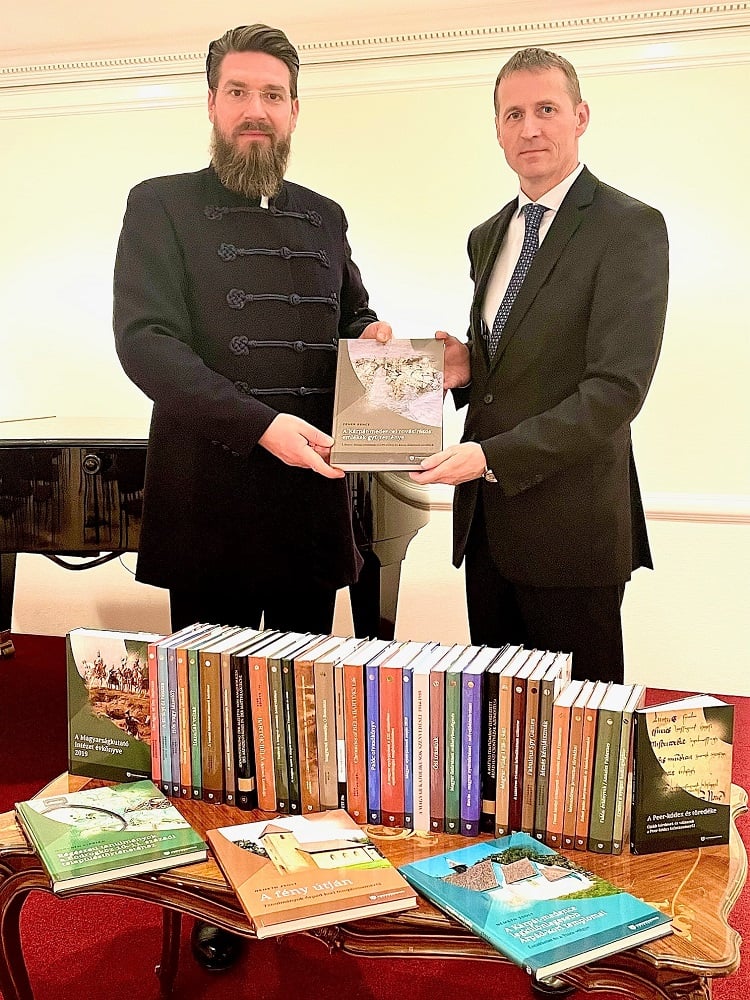INTRODUCTION OF THE INSTITUTE OF HUNGARIAN STUDIES TO THE NEW YORK HUNGARIAN SCIENTIFIC SOCIETY
The Institute for Hungarian Studies introduced its activity to the New York Hungarian Scientific Society. Péter B. Nagy, MKB Consul, and Dr Tamás Tét Novák, Attaché invited Gábor Horváth-Lugossy, Miklós Makoldi and Endre Neparáczki to deliver a presentation in New York. After the welcoming speech of President Dorottya Nagy-Szakál MD PhD, the scientific community of the Hungarian diaspora in New York listened with great interest to the presentations that were mainly aimed at summarizing the last 200 years of Hungarian prehistoric research and presenting the achievements and research activities of the Institute for Hungarian Studies.
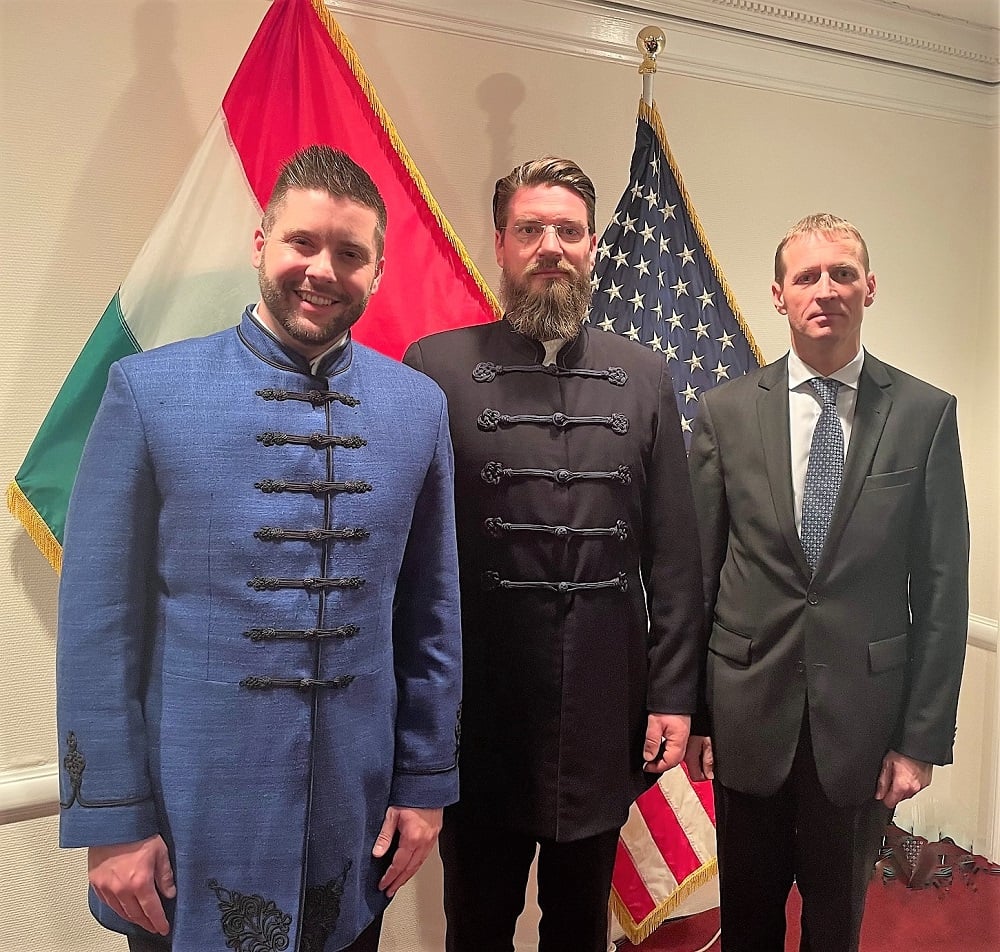
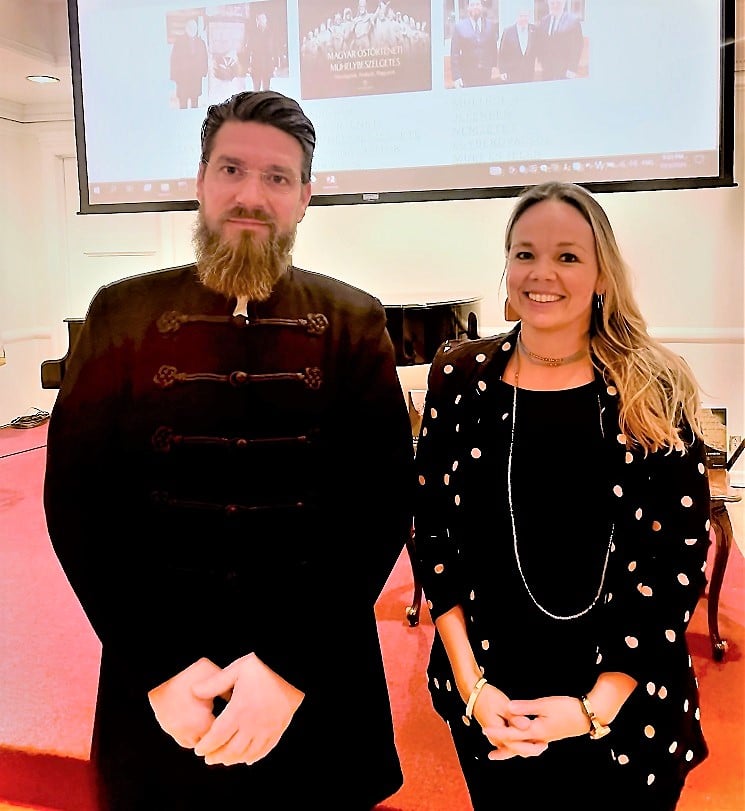
Gábor Horváth-Lugossy summarized the history of prehistoric research and its current directions. In his lecture, he referred to the rigidity of language history, the obsolescence of previous methods and theses, and the research opportunities of the Soviet era. Among the current trends, he highlighted the fields of archaeology, classical philology, historiography and archaeogenetics, which should be further developed and explored. The latter, as a new discipline delivering exact results is of particular importance.

Our Director General reminded the audience that in 2000, the Szeged school of Prof. Dr István Raskó carried out a successful archaic DNA isolation in Szeged, but due to reorganizations, they could work only until 2009 as domestic research in this field almost completely suspended from 2006 until today. The idea of archaeogenetic research of the House of Árpád was raised by the head of the National Institute of Oncology, Prof. Dr Miklós Kásler (Budapest School) in 2010, and in 2018 a publication on the genetic identification of the male line of the House of Árpád was published.
These two archaeogenetic directions, the Szeged and the Budapest Schools, provide new and accurate data on the genealogy and possible migration of Hungarians.
Our Director-General also pointed out that these national research initiatives and opportunities have been blocked and then attacked by certain "scientific circles" in the tabloid media after the results were published in scientific journals.
In 2018, it was in this scientific environment that the Hungarian government, on the initiative of Minister Miklós Kásler, founded the Institute for Hungarian Research. The interdisciplinary institute started its operations in 2019 and immediately linked the Szeged and Budapest schools strengthening national research.
The results so far speak for themselves, and the institute is working in the interest of the Hungarian nation, concluded Gábor Horváth-Lugossy.
Endre Neparáczki presented in detail the research on the Turul dynasty (House of Árpád), the Hunyadi family and our kings laid to rest in the Székesfehérvár Ossuary.
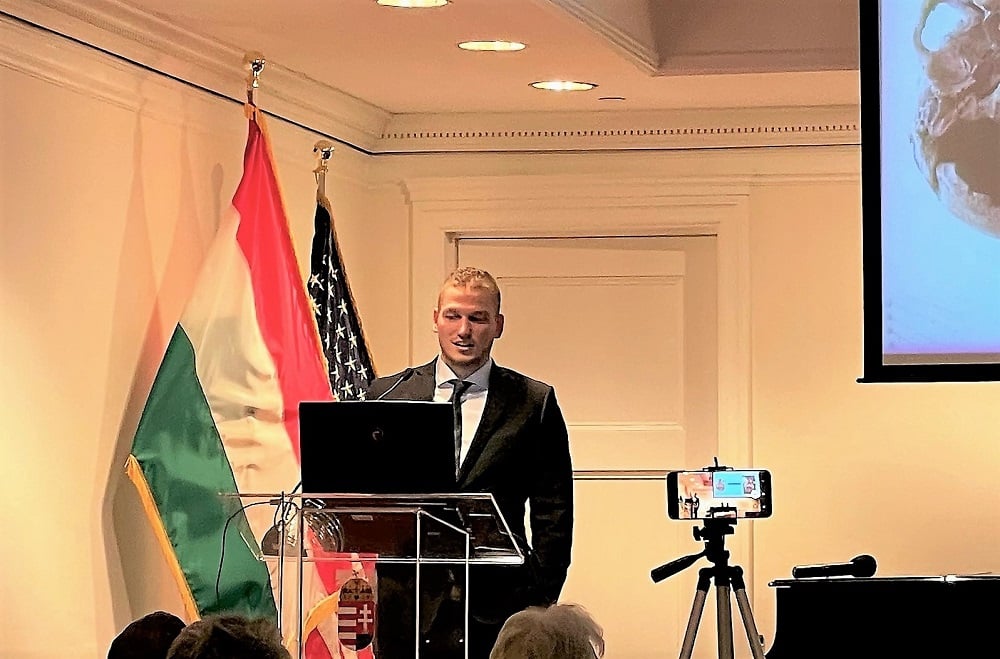
Miklós Makoldi described the origin and life of King Samuel Aba, and informed the audience about the archaeological (interdisciplinary) research in Abasár.
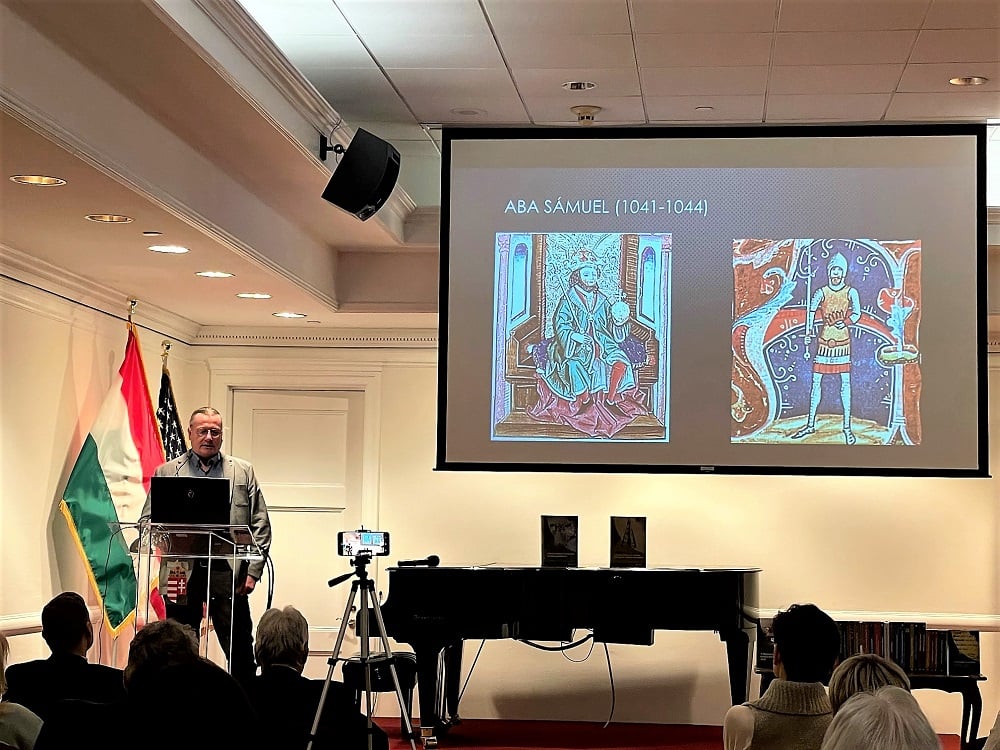
The large audience at the presentations, the questions asked afterwards, and the continuous interest during the standing reception proved that Hungarians in the USA are also very interested in the work of the Institute for Hungarian Studies and the history of Hungarian people.
Our Director General presented the complete book series of the Institute for Hungarian Studies consisting of more than 30 volumes to István Pásztor, Consul General. The volumes will later be placed in the library of the Hungarian House of New York.
Gábor Horváth-Lugossy and István Pásztor
